Savegre, North Puntarenas
A Costa Rica rafting trip is an exciting and excellent way to introduce yourself to the natural beauty and rugged adventures that await visitors to this Central American country. A mixture of fun, excitement and awe characterize a ride down Costa Rica rivers, the same sensations that you’ll experience throughout the nation as you uncover the splendors around every turn.
Rafting the Savegre River
The Puntarenas province is where you’ll find the Savegre River, a Class II and III river that provides a good, hard ride with some thrills as well; it features small waves and lots of boils, but nothing too scary. Take a break from the rapids at a quiet swimming spot or waterfall, where you can take in rainforest flora and maybe even some fauna. Colorful parrots, egrets and ospreys inhabit the national park areas along the Savegre, as well as jaguars and tapirs. Keep an eye out for them along the river banks and in the treetops as you pass through.
River Path Is Pure and Inviting
Pristine waters help make this area a draw for wildlife as well as humans. Tracing the Savegre River back to the tributaries of the Upper Savegre and Divison River, then the streams and springs of the Cerro de la Muerte mountain range, you’ll understand why it is one of the country’s purest. There are no factories, power plants or manufacturing sites to pollute the water, and only about 1,000 people live on the banks, so there is minimal human debris as well. Rainbow trout are plentiful upriver, while machacas live downriver. The machaca is a relative of the piranha. Downriver explorers should also keep an eye out for huge crocodiles in the river’s estuary.
Pacific Coast Sees Fewer Crowds
Although new highways allow better access to the region, rafting is still one of the best ways to enjoy and get an overview of what awaits exploration in Puntarenas Costa Rica. Because of the area’s previously poor roads, other regions of the country are more well-known, but this is a plus for those who explore the Pacific coast and are rewarded by a lack of crowds.
Los Quetzales National Park
To explore the upper Savegre region, take the Interamerican Highway. If you’re a bird watcher, a stop in Los Quetzales National Park is a must. Located near the town of San Gerardo de Dota, the park takes its name from the magnificent, green-and-red quetzal that lives here. This area offers a network of trails for hikers and lush cloud forest to explore. Sloth and puma are at home here, as well as abundant bird species—about 200 different species in fact, including hummingbirds, trogons and tanagers.
Map of the Area
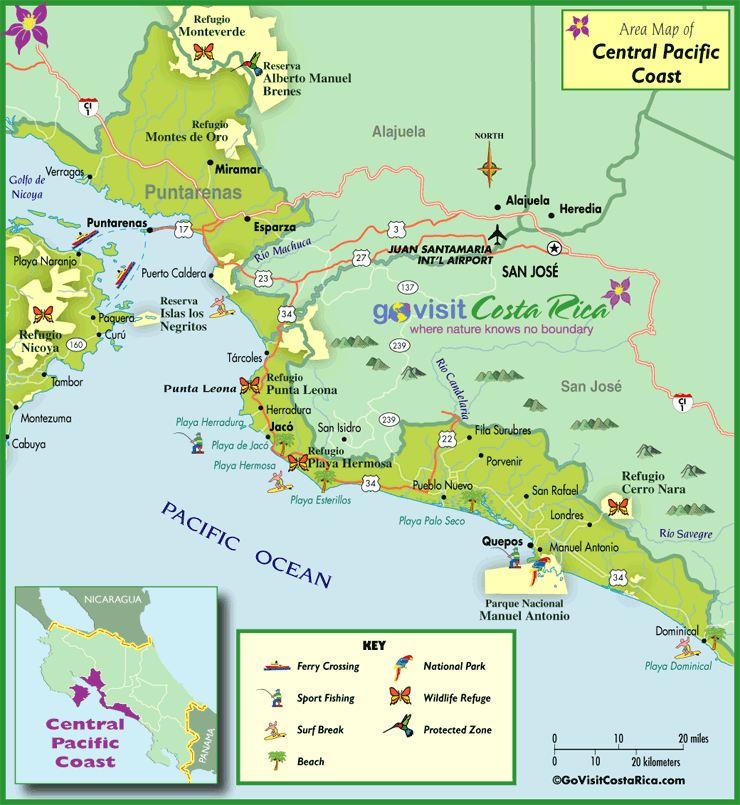
Manuel Antonio National Park
The lower river region is the place to find white-water rafting outfitters, as well as Manuel Antonio National Park. One of the country’s most popular parks, Manuel Antonio draws naturalists and scientists from around the world to study its remarkably diverse flora and fauna. The park encompasses several beaches, as well as primary and secondary rainforests, and is home to more than 109 animal and 350 bird species. Spider, howler and capuchin monkeys may meet you at the entrance, but it is illegal to feed them. In addition to monkeys, coatimundis, peccaries and two- and three-toed sloths live here, as well as iguanas, armadillos and many reptiles and amphibians.
Savegre-Area Fishing
The harbor town of Quepos, also known as the gateway to Manuel Antonio, is the place to be for world-class sports fishing. Quepos hosts several fishing tourneys each year, a testament to the variety of ocean fish that are at home in these waters. You can enjoy off-shore, in-shore and fly-fishing for a variety of choice catches that range from marlin and sailfish to roosterfish, yellowfin and bigeye tuna.
10 Days / 9 Nights
Starting at $1,440 per person
6 Days / 5 Nights
Starting at $1,018 per person





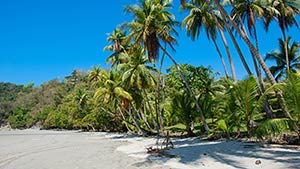
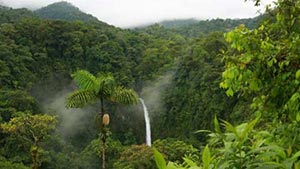
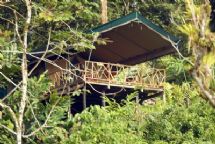

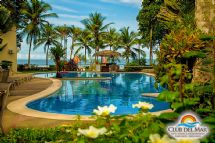
.jpg)





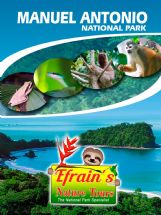
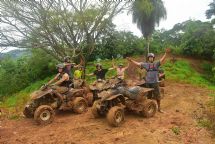
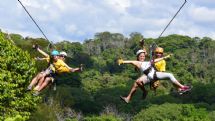


.jpg)

